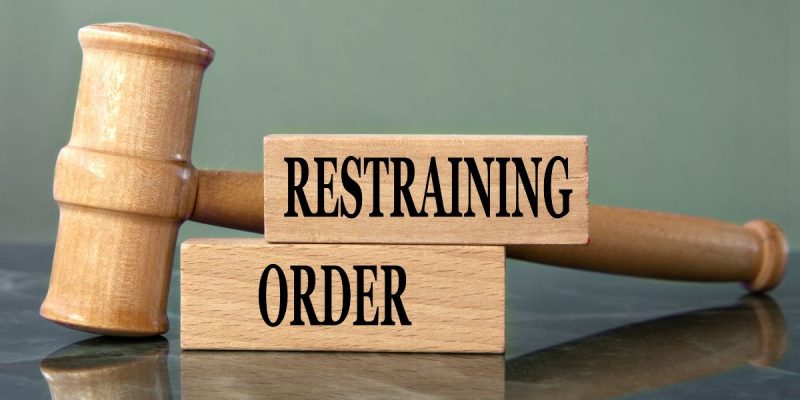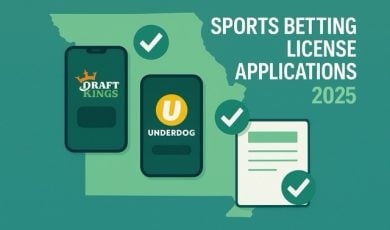A federal judge has granted a temporary restraining order on behalf of the Federated Indians of Graton Rancheria (FIGR), effectively halting the federal government’s move to put a chunk of land near Windsor, California, in trust so that the Koi Nation can build a casino on it.
The restraining order is the latest chapter in an ongoing lawsuit the FIGR brought against the Department of the Interior (DOI) and the Bureau of Indian Affairs (BIA) over the Koi wanting to build a tribal casino just 15 miles from Graton Resort and Casino.
Judge Rita F. Lin stated in her review:
The Court has found that good cause exists for issuance of a Temporary Restraining Order.
Why the restraining order was issued for Koi Nation casino
The restraining order halts casino development based on Section 106, a part of the National Historical Preservation Act of 1966, which requires federal agencies to, among other things, consider the effect a project will have on historical land allow “interested parties” and “the public” to weigh in on the matter.
FIGR’s request for a restraining claims that the DOI and BIA did not meet Section 106 requirements. In its original lawsuit filing, the FIGR provided the following evidence to back up its Section 106 claim (the statements below are allegations):
- The BIA conducted two field surveys before notifying the FIGR. Section 106 requires the government to start its consultation with impacted parties “prior to conducting any fieldwork,” the lawsuit noted.
- The BIA conducted cultural studies that were “outside of the Section 106 process.”
- The BIA was slow in providing cultural resource studies that provided findings on what was found during surveys.
- The study of how traffic would impact the area was “factually and legally deficient.”
Lin wrote that there’s good reason to believe that four things could happen if she didn’t issue the temporary restraining order:
- The FIGR will “likely” find success in its argument that the BIA did not fulfill its Section 106 responsibilities.
- The tribe will experience “irreparable harm” if the restraining order wasn’t issued
- Halting the development will meet the general public’s desire to see Section 106 followed properly (some locals have voiced their displeasure about the proposed Koi casino).
- The FIGR has federal policy on its side, as well as the possibility of cultural hardship.
What’s next for the proposed casino project
For now, any further development of the casino is on hold. Over the next few months, the BIA will work with the local community and the FIGR to hear out concerns and provide information about the cultural impact of the casino’s development.
In the meantime, the BIA and DOI are required to attend a hearing on Jan. 9 in which they will have time to explain why the development should move forward without an injunction from the court.
In a statement provided to PlayUSA, the Koi nation said it was “disappointed” by the judge’s decision but believes the Jan. 9 hearing will give them a chance to share their side of the story.
This motion is a pretext designed to use the federal courts to protect its competitive superiority in the Sonoma County gaming market much like it deployed political antics to bring undue political pressure on the Interior Department to deny our fee-to-trust application.








